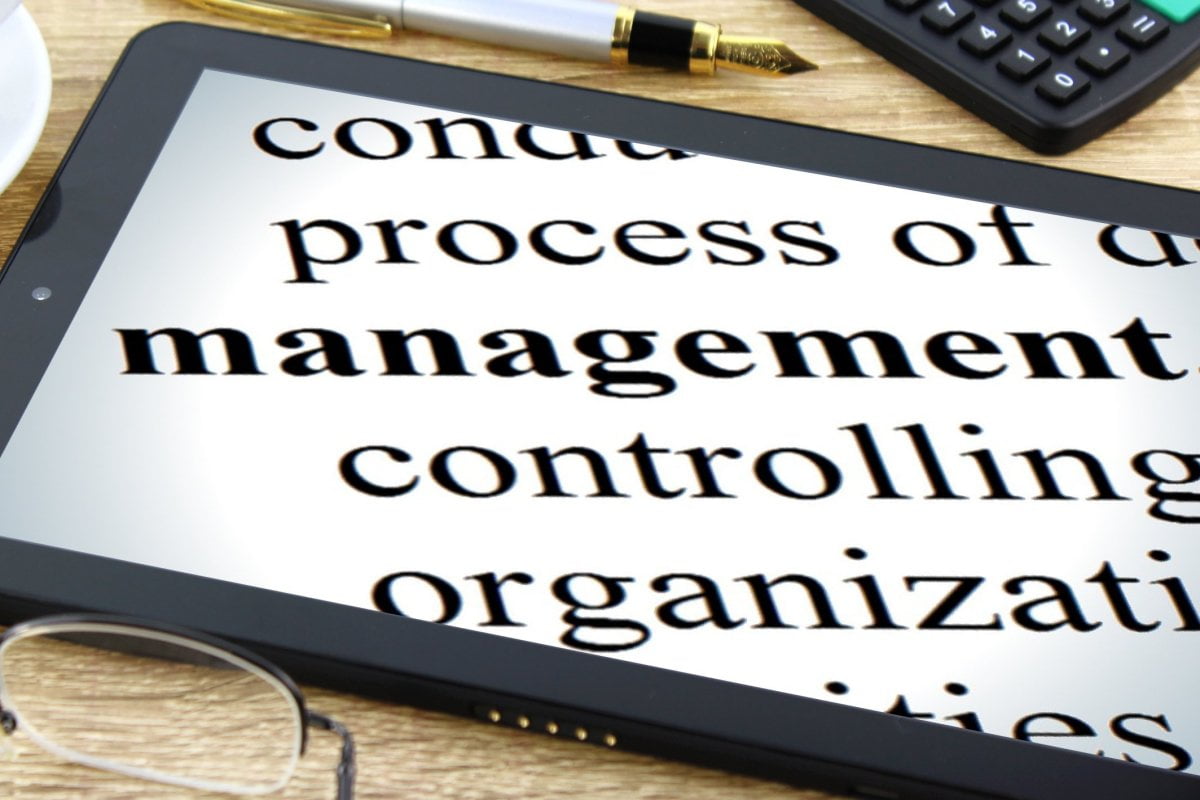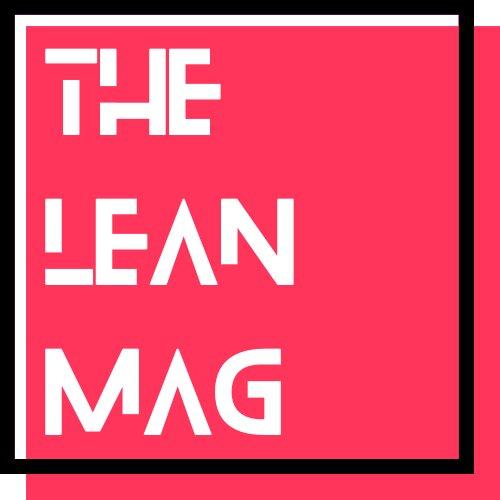Trends in Facilities Management: What’s the Impact?
A recent report by CoreNet Global surveyed 100 firms regarding space utilization offers revealed that utilization rates range from 45-65%. This means that at any moment on average, 55% of the existing office space is vacant. Clearly, there is an opportunity to increase shareholder value. The lack of synergy that exists between corporate governance and financial performance management of many corporate real estate portfolios creates long-term gaps in sustained performance.
The International Facility Management Association(IFMA) announced the release of the 2011 research report, “Facility Management Forecast – Exploring the Current Trends and Future Outlook for Facility Management.”
Within today’s business climate, facilities management professionals (FM’s) are more often being asked to accomplish more with less, and it is my strong belief that many have done an exceptional job in doing just that! Personally, I have many close friends throughout the FM community who have taken on the added responsibilities of generating new revenue (organic and new business), maximizing delivery efforts or cycle time both in hard and soft service categories, and take a more active role within the strategic sourcing process.
To help prepare its members and the profession for the future, IFMA periodically conducts a trend forecasting workshop with a panel of industry experts to identify the emerging trends and issues that will influence facility management in the coming years. Broader industry research is also conducted throughout the year and when taken together, results from both the workshop and research initiatives form the basis of this report.
IFMA commonly conducts thorough trend and benchmarking analysis which includes a panel of subject matter experts throughout the facilities management industry as a means to thoughtfully analyze and identify future trends and industry threats that have the potential of impacting the manner in which we conduct business.
Understanding trend analysis fosters an environment of continuous learning, improved competitive and business intelligence and the engineering of strategic plans that help position those organizations within the facilities management industry to more effectively manage through adversity, if not benefit from it through proper positioning.
The 2011 “Facility Management Forecast” can help facility practitioners succeed in their careers by identifying the industry patterns to look for, the skill sets to work on and the places to allocate their resources. It can also help facility management departments chart a course for the future and align facility management with corporate strategy. The trends identified fall into three categories: externally, internally and organizationally-driven.
Externally-driven trends are dictated by societal factors, as well as others.
- Sustainability continues to grow in importance and prominence worldwide. Organizations have begun to incorporate it into business goals and culture; and within the profession, it has moved from an emphasis primarily for new construction to influencing existing building operations.
- Complex building systems and controls increasingly offer opportunities and challenges for the profession. The industry can leverage new technologies to better manage facilities, but it also needs to ensure adequate training is in place to educate practitioners on new systems.
- Facility management faces problems stemming from the aging building stock professionals manage — difficulties compounded by the global recession. As facilities and mechanical systems reach and exceed their expected operating lives, significant issues of “repair or replace” must be addressed.
- Facility managers play a critical role in business continuity after a disrupting event, not only by crafting and implementing the prepared response plan, but also by serving as role models for the organization in emergency preparedness and business continuity planning.
Internally-driven trends derive from within the profession.
- The increasing quantity and complexity of data available to facility managers through new reporting protocols poses challenges and opportunities for the profession. More facility departments have added the ability to convert raw data into usable and meaningful information that fosters informed decision-making.
- Finding top talent in facility management is gaining greater importance. Recognizing that facility management is often not the first choice of today’s new graduates, the profession will need to increase its branding and outreach.
- There is a growing desire to elevate facility management to improve the recognition and perceived value of the profession within the corporate hierarchy. Many have achieved success in this arena through careful alignment with their organization’s mission and by emphasizing facility professionals’ role as managers of significant assets and enablers of the organization’s mission, vision and values.
Organizationally-driven trends derive from the corporations and organizations housing facility departments.
- Increasingly, organizations are expanding their expectations of facility management to include both technical and business acumen, which drives the need for an evolving skill set for those in the profession. While the technical aspects are generally well understood, the increased focus on business acumen will require facility professionals to think and act strategically and to communicate their positions in the language of the C-suite.
- There is a growing recognition that facility management contributes to the health and well-being of building occupants, thereby benefiting efficiency, productivity and profitability — key pillars of an organization’s bottom line.
- Changing work styles significantly affect both occupant behavior and the vacancy rate of buildings, which affects how buildings must operate. Facility management increasingly faces challenges posed by open-work plan arrangements, differing hours of operation, and varying occupancy rates and densities — all of which impact power use and other considerations.
A proactive facilities manager has either already recognized these trends, or is in the process of reacting and perhaps re-engineering the manner in which they conduct day-to-day operations in order to successfully mitigate the impact of these challenges, while positioning themselves and their company for sustained success.
I recently read an excellent white paper, Real Estate and Facility Management Solutions, that effectively addresses the gap between financial performance and corporate governance – which further highlights the opportunity to incorporate an effective information management platform. While highlighting the value of a strong information management platform, the white paper outlines several case studies whereby strong improvement has been reflected in the financial performance of various portfolios. What drove these improvements?
The article goes on to highlight one-off project initiatives as a key factor in driving improvements as opposed to a systematic review of the entire portfolio where key performance indicators and predictive analytics provide added visibility to enterprise investments and operating cost management.
To be sure, there was an unrealized opportunity to reduce operating expenses and improve shareholder value and financial returns through the added emphasis placed on integrated performance management, which ideally should incorporate a balanced scorecard approach to enhance delivery models.
Clearly, the commercial real estate industry is in many ways perceived to be in a deep crisis. Some estimates suggest that there is 30% more commercial property available than the market can support, at least through 2012. Prices and rents are down, vacancies are up – FMs are experiencing significant challenges within day-to-day operations including the cost of maintaining and servicing both facilities and real estate – in reality, current trends in facilities management demonstrate a lack of balance, whereby operations and maintenance in both hard & soft services are absorbing an excessive amount of operating budgets.
Is it time to rethink how we utilize and manage our most critical assets? Should we explore alternative methods to drive improved efficiencies, productivity, green solutions and innovations that contribute towards “sustainable” cost savings?
If we believe that data should lead us to the right conclusion, than it would seem the clear answer is simply, yes!
John Garrett is a Senior Executive and Published Author with 18 years Business Development, Operations Management, Customer Relationship Management, Business Strategy & Management Consulting experience within the Facilities Management & Services Industry. Garrett currently serves as CEO of Facilities Management Advisors, LLC, a management consulting firm. Garrett has led growth efforts with clients that include some of the most recognized Fortune 500 organizations in the world across multiple market segments involving in excess of 400 MSF throughout the Americas.
Contact him at info@fmadvisors.com






